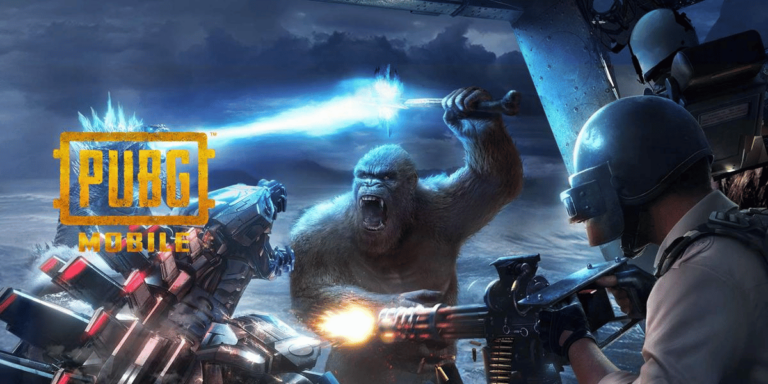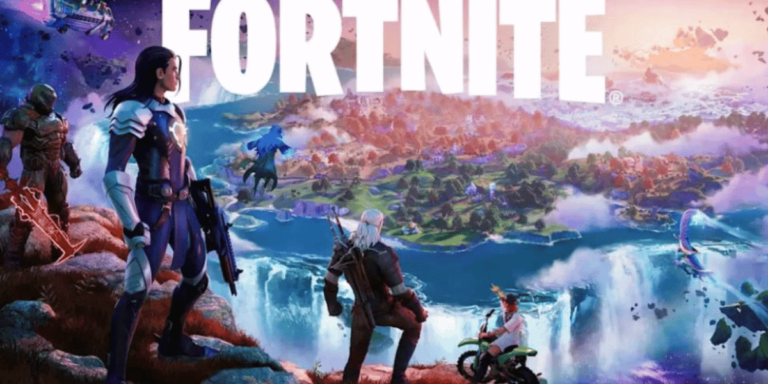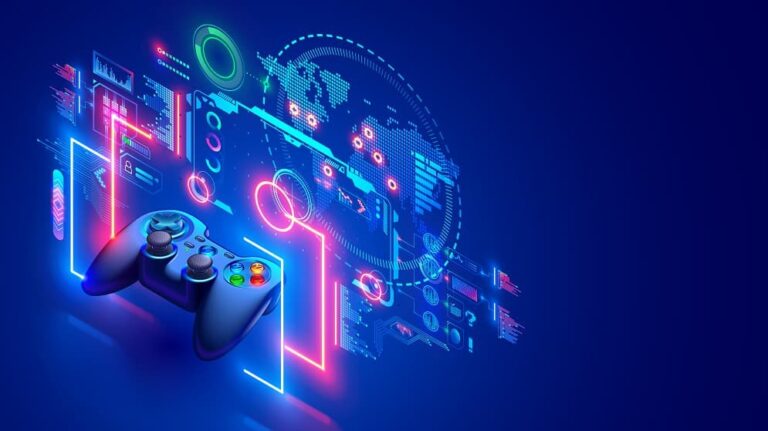Merging Traditional Art with Digital Techniques in Concept Arts

In the domain of video game concept art, there’s a fascinating convergence of classical art techniques and modern digital methods. This combination not only enhances the art-making process but also expands the horizons of creative potential and expression. Studios in search of a 2D game artist must grasp this integration to identify artists who are adept in both traditional and digital realms. This article explores the blending of conventional art practices with digital approaches in video game concept art and what this development means for the industry.
The Synergy of Old and New
Embracing Traditional Foundations
The journey of creating captivating video game concept art often starts with traditional art skills. These foundational skills – sketching, painting, understanding of anatomy, light, and shadow – are timeless and form the bedrock of artistic training. Traditional methods offer a tactile experience that is vital in developing a deep understanding of artistic elements.
Digital Advancements
On the flip side, digital art techniques have revolutionized the concept art landscape. Tools like graphic tablets, stylus pens, and software such as Adobe Photoshop and
Procreate offer artists unprecedented flexibility and efficiency. Digital tools also allow for easy modifications and iterations, which are invaluable in a fast-paced game
development environment.
The Fusion in Practice
Initial Concepting with Traditional Methods
Numerous concept artists initiate their creative process with conventional sketching
techniques. The immediacy and unrestricted nature of manual drawing are unparalleled
for generating and shaping preliminary concepts. Sketches made with pencil or watercolor explorations can effectively grasp and portray the core idea in its most unrefined state.
Refinement through Digital Tools
After developing the basic concept using traditional methods, artists typically transition to digital platforms for further refinement. Here, digital tools empower them to play with a variety of colors, textures, and layouts, unhindered by the constraints of physical media. During this phase, substantial modifications and improvements are made, taking advantage of the exactness and adaptability offered by digital techniques.
Hybrid Workflows
Several artists embrace a combined approach, fluidly transitioning between traditional and digital formats. They often digitize their hand-drawn sketches for digital coloring or employ digital brushes designed to replicate the feel of traditional paints. This method effectively harnesses the genuine quality of conventional techniques alongside the adaptability of digital tools.
Implications for Hiring in the Game Industry
Seeking Versatile Talent
For entities seeking to employ a 2D game artist, it’s crucial to identify artists who are skilled in both traditional and digital mediums. Having a versatile skill set is vital in this industry, as the artistic requirements can differ greatly between various projects.
Understanding the Artistic Process
During the hiring phase, it’s advantageous to comprehend an artist’s creative approach. While some artists might initiate their work using digital tools, others might be inclined towards beginning with traditional techniques. Identifying these individual preferences is crucial for matching an artist’s expertise with the specific requirements of the studio.
Appreciating the Blend
An artist adept at integrating both traditional and digital methods can offer a distinctive approach to video game concept art. These artists typically create works that are notable for their richness, distinctiveness, and creative ingenuity.
Conclusion
The fusion of traditional artistry with digital methods in the creation of video game concept art represents more than a passing phase; it’s a reflection of the continual evolution of artistic mediums. As the video game sector expands, so too does the need for concept artists skilled in both these areas. For studios in search of a 2D game artist, recognizing the significance of this combination and its influence on artistic innovation is crucial. At this crossroads of the conventional and the contemporary, some of the most innovative and revolutionary concept art is being developed, challenging and expanding the limits of creativity in video game design.




